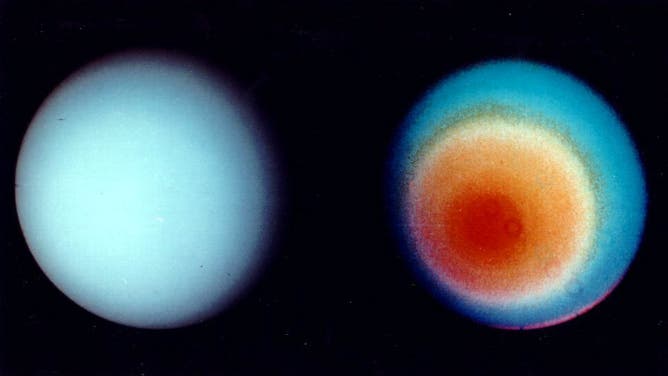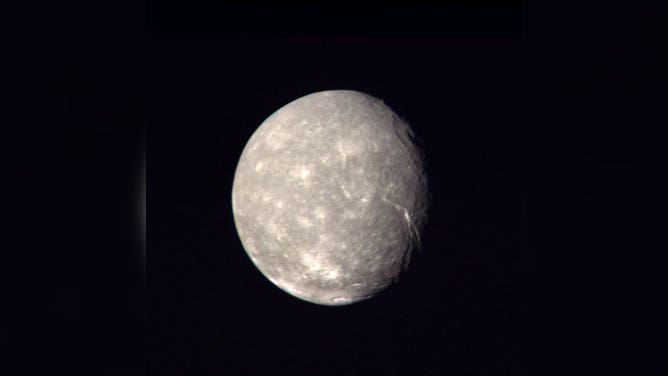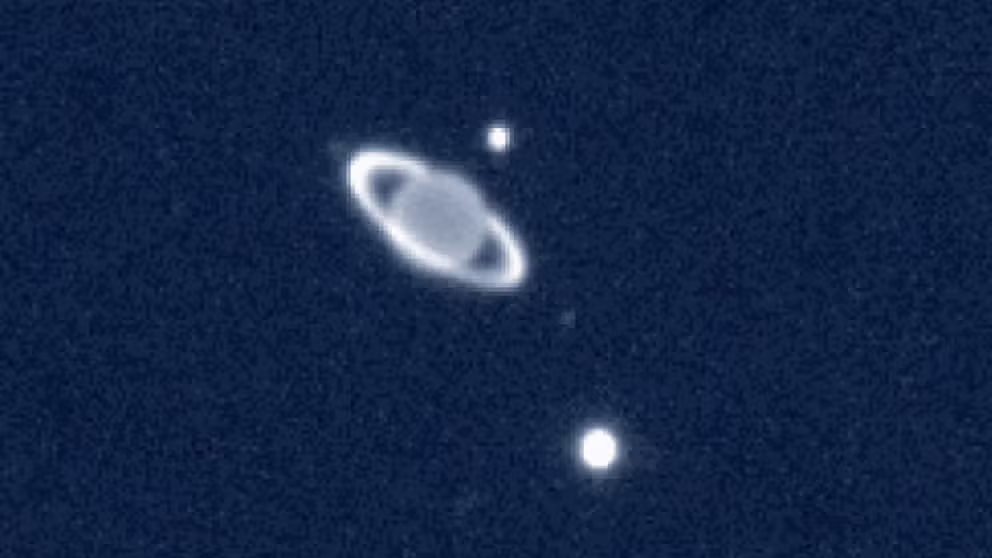Uranus discovered 241 years ago. Get to know the 7th planet from the sun
NASA’s Voyager spacecraft captured the first close up photos of the frosty giant
Discovering Uranus
Uranus was discovered 241 years ago.
Astronomer William Herschel was looking up at the night sky on March 13, 1781, from his garden in England when he stumbled upon the seventh planet from the sun and the last to be discovered in our solar system.
According to NASA, Herschel first believed the object he saw through his telescope was either a comet or a star.
Two years later, the planet was officially named Uranus after the Greek god of the sky. Herschel initially wanted to call the world Georgium Sidus after King George III but was overruled.
Fast-forward to 1977, and NASA launched the first of two spacecraft designed to conduct the first tour of the solar system.
Voyager 2 flew closest to Uranus in January 1986. The flyby at 50,600 miles above the cloud tops of Uranus offered the first detailed look at the planet, its moons, rings and atmosphere. Soon after, astronomers were making discoveries about Uranus thanks to Voyager 2’s flyby.

These two pictures of Uranus were compiled from images recorded by Voyager 2 on Jan. 10, 1986, when the NASA spacecraft was 11 million mile) from the planet. The picture on the left has been processed to show Uranus as human eyes would see it from the vantage point of the spacecraft. The second picture is a false-color view, including indications of what could be a polar haze of smog-like particles.
((NASA/JPL))
Voyager 2 images led to the discovery of 11 previously unseen moons and uncovered details about the planet’s rings. While most people think Saturn is the only planet with rings, most planets also have rings, including Uranus, which has 13 rings.
Uranus has 27 moons named after characters from great English poets William Shakespeare and Alexander Pope.
Before the Voyager mission, only five moons had been discovered.
The moon Miranda was named in 1948 and then nothing until Voyager 2’s flyby in 1986. Voyager 2 is credited for finding Juliet, Puck, Cordelia, Ophelia, Bianca, Desdemona, Portia, Rosalind, Cressida and Belinda. Later, the Hubble Space Telescope and ground-based telescopes brought the Uranian moon total to 27.

This high-resolution color composite of Titania was made from Voyager 2 images taken Jan. 24, 1986, as the spacecraft neared its closest approach to Uranus. (Image Credit: NASA/JPL)
Uranus is considered an ice giant because most of its mass is ice made up of water, methane and ammonia, according to NASA. A Uranian day takes about 17 hours and about 84 Earth years to complete one sun orbit.
Voyager 1 and 2 spacecraft continued on and are still communicating with Earth via the Deep Space Network. In 2012, Voyager 1 became the first human-made object to enter interstellar space.
Voyager 2 was the last visitor to Uranus. No other spacecraft has completed a close flyby since.
